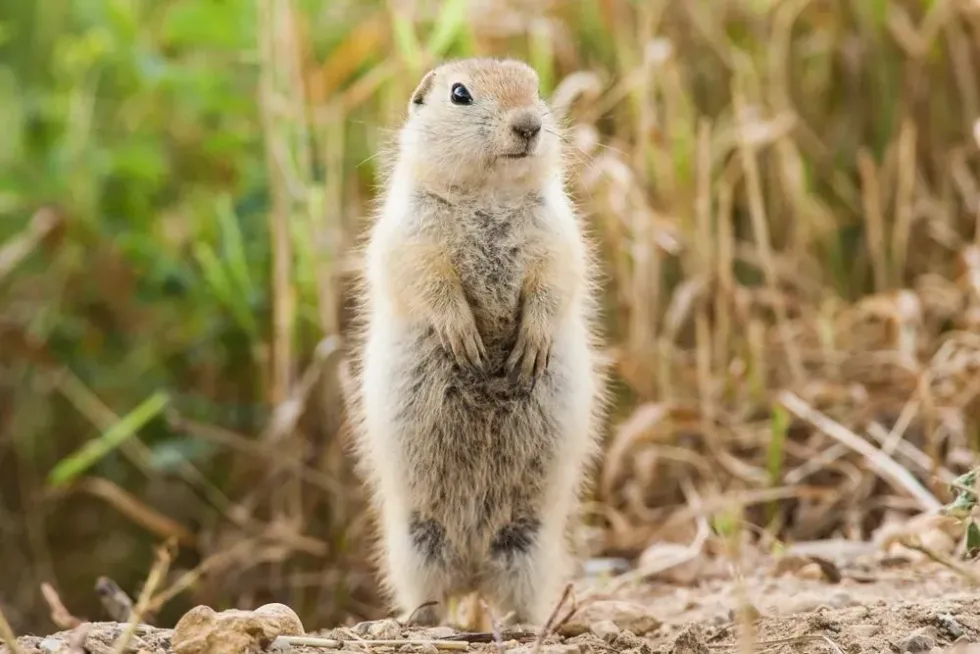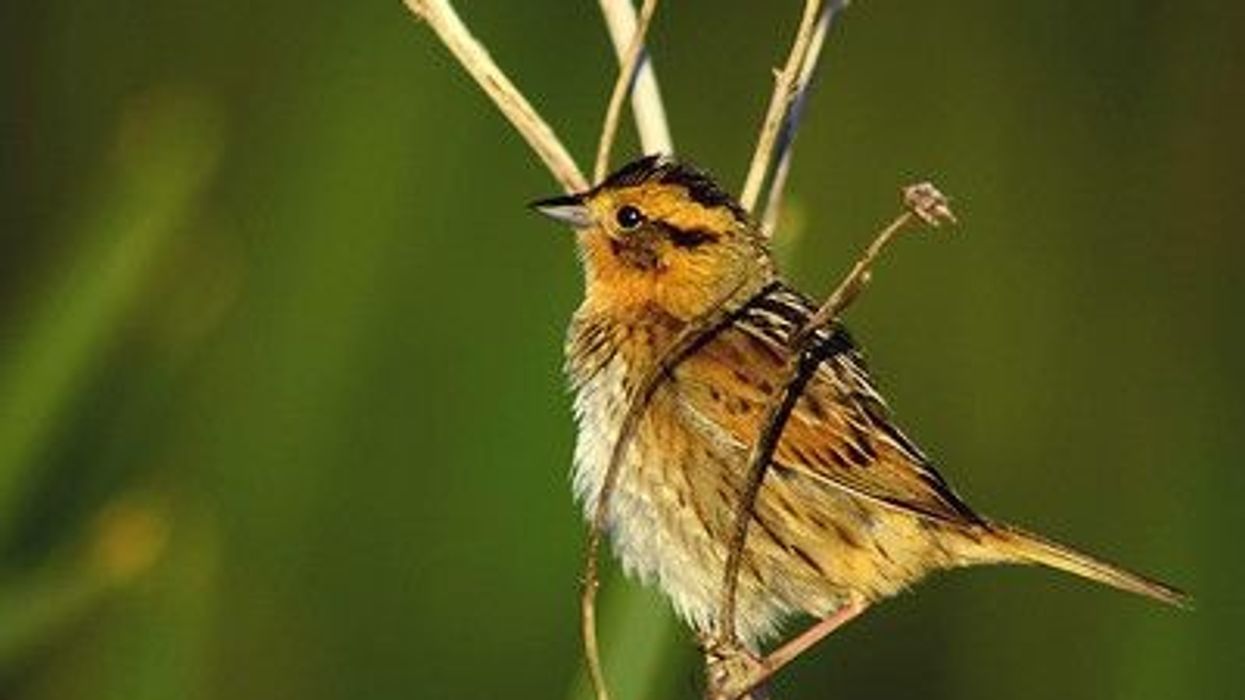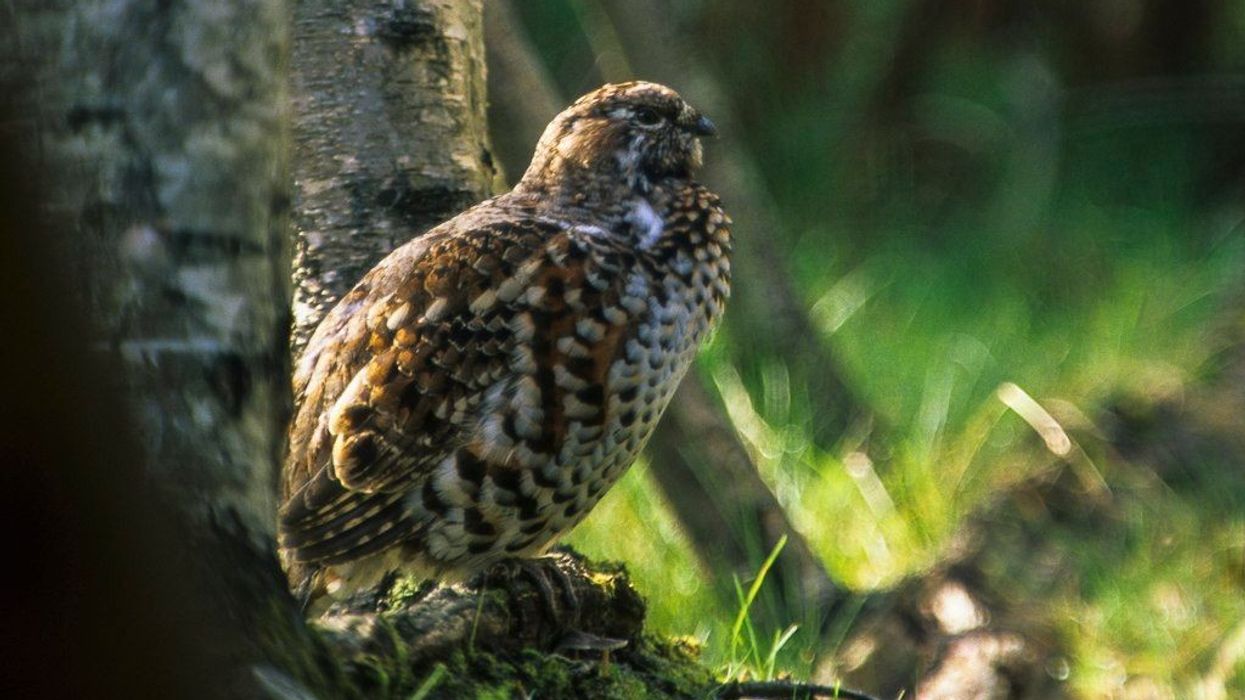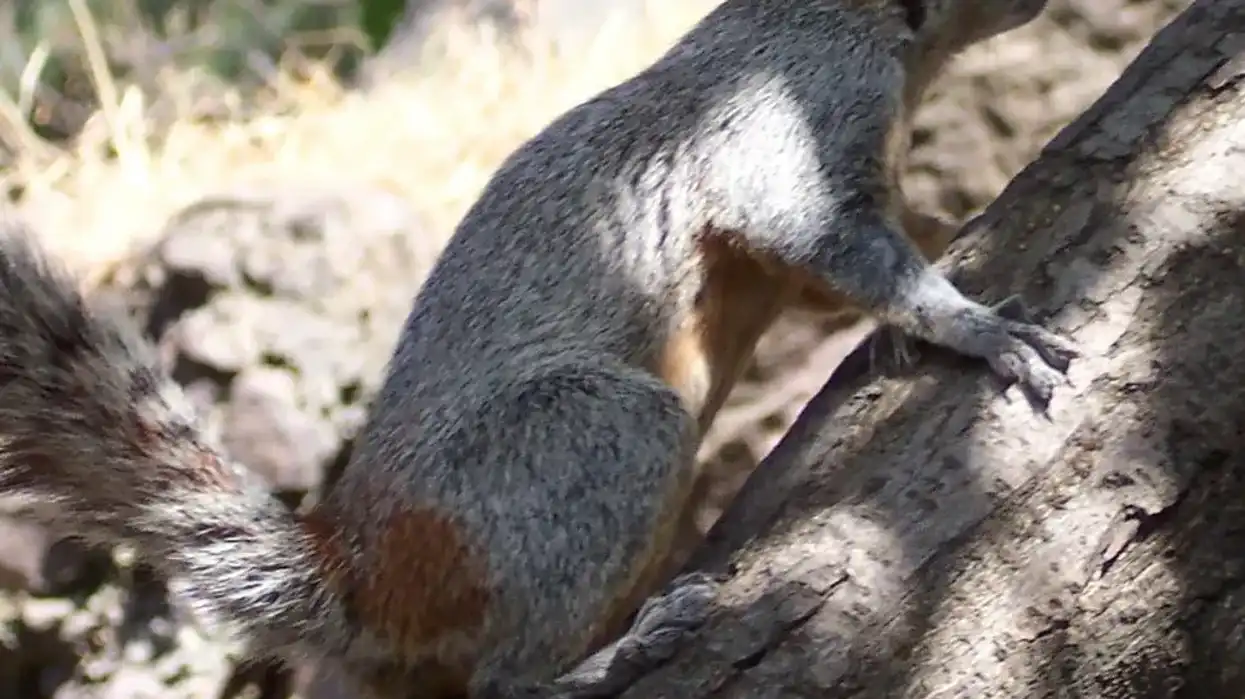There are a total of 200 species of squirrels 62 out of which are species of ground squirrels. Most species of squirrels reside in trees however, ground squirrels reside on the ground.
Ground squirrels, Spermophilus richardsonii, have a less bushy tail as compared to other species of squirrels. This article will take a look at some fun and interesting facts about Richardson's ground squirrels.
Richardson's ground squirrels range from temperate to terrestrial regions. They live an average of three to 4 years. They belong to the genus Urocitellus.
Richardson's ground squirrels are one among the same family. Urocitellus richardsonii is relatively short in size and is stout bodies. They are light in color and Richardson's ground squirrel no tail is primarily due to their genetic structures.
Richardson's ground squirrel pet is a popular choice for many and is also seen in regions not endemic to the species. These species are non-migratory and are seen in the same regions most times of the year. For more relatable content check out fox-squirrel facts and red-squirrel facts.
Richardson's Ground Squirrel Interesting Facts
What type of animal is a Richardson's Ground Squirrel?
Richardson's ground squirrel, Urocitellus richardsonii, is a type of squirrel that belongs to the American geographic range and genus Urocitellus.
What class of animal does a Richardson's Ground Squirrel belong to?
Richardson's ground squirrel, Urocitellus richardsonii, belongs to the class Mammalia, family Sciuridae, and genus Urocitellus.
How many Richardson's Ground Squirrels are there in the world?
Richardson's ground squirrel's exact population has not been evaluated. Tree squirrels are the most commonly seen species of squirrels as compared to ground squirrels. Search for ground squirrels is cumbersome since they mostly live underground.
Where does Richardson's Ground Squirrel live?
They are seen in the northern plains or grassland of America including Canada, southern Alberta, southwestern Manitoba, and North Dakota, South Dakota, and Montana in the United States. They are territorial beings specifically in their nest sites.
What is a Richardson's Ground Squirrel's habitat?
They can be seen in burrows primarily but also near farms or houses in rare instances as they feed primarily on vegetables, leaves, and flowers.
Who do Richardson's Ground Squirrels live with?
Richardson's ground squirrels live alone, are rarely seen in groups, and live in burrows. Since they are ground squirrels they dig their own holes and live in them.
How long does a Richardson's Ground Squirrel live?
Richardson ground squirrel females live for up to four years while males only survive for one to three years. The oldest species recorded female among such species lived five years and males lived three years. Their age depends on various factors like their diet, habitat as well as the population of predators in their region.
How do they reproduce?
The mating season happens after the hibernation period in March. Hibernation is practiced by various species in order to gain back energy for upcoming activities. After March adult males and females copulate underground and in rare instances overground.
They mate with multiple mates. Adult males are most active during this season as compared to females and engage in aggressive behavior with other possible mates. Females gain weight gradually while males have a tendency to lose weight by the end of the mating season.
The gestation period for females lasts three weeks, after which one litter is born. The gestation period is mostly underground as well. Juveniles develop underground and are taken care of by both the females and males and the young are born with closed eyes and ears. The litter size is extremely small.
What is their conservation status?
Richardson's ground squirrel's conservation status is listed as of Least Concern by the International Union For Conservation Of Nature (IUCN).
Richardson's Ground Squirrel Fun Facts
What do Richardson's Ground Squirrels look like?

Richardson's ground squirrels are short. They have a pinkish or cinnamon buff with a dappled posterior. Their tails are average in size and counter shadowed with black on the dorsal surface. Older males tend to weigh more as compared to females.
Males and females gain and lose weight specifically during mating season. Females are more involved in nest sites. Their length is 8.26 in (21 cm).
How cute are they?
Adult, as well as young Richardson's ground squirrels, are extremely cute and adorable to look at however, they are seldom seen as compared to tree squirrel species. Their population is seldom seen collectively since they reside mostly underground.
How do they communicate?
Richardson's ground squirrels communicate via complex vocalizations and alarm calls. They communicate using alarm calls to warn others of possible predators while mating as well as in other instances. Each call and vocalization has its own meaning and composition. They are known to deposit fecal matter in order to mark their territory as well and have amusing territorial displays.
How big is Richardson's Ground Squirrel?
Richardson's ground squirrels are 8.26in (21cm) in length which is two times bigger than the Indian palm squirrel, which is 6-7.8 in (15.24-19.8 cm).
How fast can a Richardson's Ground Squirrel run?
Richardson's ground squirrels have relatively good running speeds and also have the capacity to dig deep holes. The ace squirrel is said to be the fastest species of squirrel.
How much does a Richardson's Ground Squirrel weigh?
Richardson's ground squirrels weigh 0.72 lb (330 g). Black giant squirrels are the heaviest and largest species of squirrels in the world.
What are the male and female names of the species?
Richardson's ground squirrel males are called boars and females are called sows.
What would you call a baby Richardson's Ground Squirrel?
Young Richardson's ground squirrels are called kits or kittens, or a litter, and are born blind at birth. The young have ears too however it takes time to develop. The young are usually hidden inside a burrow and come out only once they develop.
What do they eat?
They are primarily herbivores largely but occasionally feed on insects like ants. Richardson's ground squirrels eat short grass, roots, leaves, flowers, and vegetation.
This is the reason they are often called rodent squirrels since they are prone to destroying crops and roots as well. Predators of these species include hawks, rattlesnakes, eagles, and ground squirrels. They hunt at night to keep away from predators.
Are they dangerous?
Richardson's ground squirrels are not dangerous and are also adopted as pets in various regions around the world. When seen in the wild it's best to maintain a safe distance from them to ensure their safety.
Would they make a good pet?
Richardson's ground squirrels were a popular pet choice in the 1700s, also known as the golden era of the squirrels when more and more people in America adopted squirrels as pets. However, this idea passed away with age.
Did you know...
Squirrel's front teeth never stop growing. They utilize their front teeth to bite into and feed on food.
Squirrels have a tendency to lose over 25% of their food to thieves. This is because most of them have the habit of storing food.
Squirrels can be seen in most city parks and other smaller parks and recreational centers. They are intelligent, quick, and accommodative of various climatic conditions
These species are excellent at digging a burrow which later is a habitat used by other species like snakes and rodents who also live in similar burrows.
What is the difference between Ground Squirrels and Gophers?
Although often confused with rodents, Richardson's ground squirrels are not rodents, but gophers are literal rodent species. They are also called pocket gophers. Gophers are different from the squirrel family species although both have similar lifestyles and behaviors. They also differ in shape and size.
Gophers do not hibernate and are active through most parts of the day. The residue of fecal matter the gophers leave behind is considered to be natural manure for the soil. Gophers also have the capability to create multiple tunnels underground.
How did Richardson's Ground Squirrel get its name?
They were named in honor of Sir John Richardson, a surgeon naturalist on two major early naval expeditions. These species primarily reside underground and are seldom seen out in the open like tree squirrels.
They differ in body shape and size as well. Richardson ground squirrels are also known as Wyoming ground squirrels. If you too wish to see these species visit a local park or facility where you can spot these species in the United States as they are native species.
When was the first time you saw a squirrel? Share your experience with your family and friends.
Here at Kidadl, we have carefully created lots of interesting family-friendly animal facts for everyone to discover! Learn more about some other mammals including nutria facts, or gopher facts.
You can even occupy yourself at home by coloring in one of our free printable Richardson's Ground Squirrel coloring pages.










